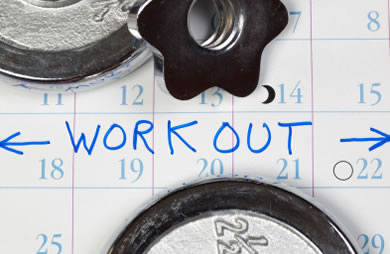|
What do you think of when you hear the word "massage"? Does it conjure up thoughts of a day out with your girlfriend at a swanky spa? Unlike days gone by, massages are becoming quite popular among athletes and non-athletes alike. Until this past July, I was one of the few people who had never had a massage. When I developed a pain in my buttocks from a tight piriformis muscle from running and working tirelessly for weeks to get the muscle to loosen and the knots to release via stretching, foam rollers, etc, my running coach encouraged me to have a deep tissue sports massage. At that point I was willing to try just about anything. So I headed to my gym’s spa the following day to see what could be done. To tell you the truth I am not a touchy person; even people standing too close to me can make me a little uncomfortable. To say my nerves were a little shaky is an understatement. Once my initial fears of touching had passed, I was good to go. And WOW, what a difference an hour makes. While I was quite sore the day of, as well as following day, my tight piriformis finally released, and thankfully I have had no problems since. I just wondered why it took me so long! What are some of the benefits to massage therapy New research indicates that message therapy can do more than provide than nice relaxation. It can also
These are just a few of the many benefits of massage. But there are certain individuals who should not have massage therapy. These include:
If you are not too sure if you are a candidate for massage therapy, it is always best to call your health care provider and get clearance prior to your initial session. There are many different kinds of message therapies. These include:
While there are many more benefits than those listed above and many other forms known other than the ones I highlighted, adding a massage to my overall health and fitness plan is one of the best things I have done. Unfortunately, I allowed my reluctance and intimidation to keep me from going sooner, but now that I know the great benefits of such therapy, trust that I will return. Have you ever had a massage, if so what kind? Do you feel they helped? Are they worth the money? If you haven’t had one, why? |
Popular Entries
More From SparkPeople
|














